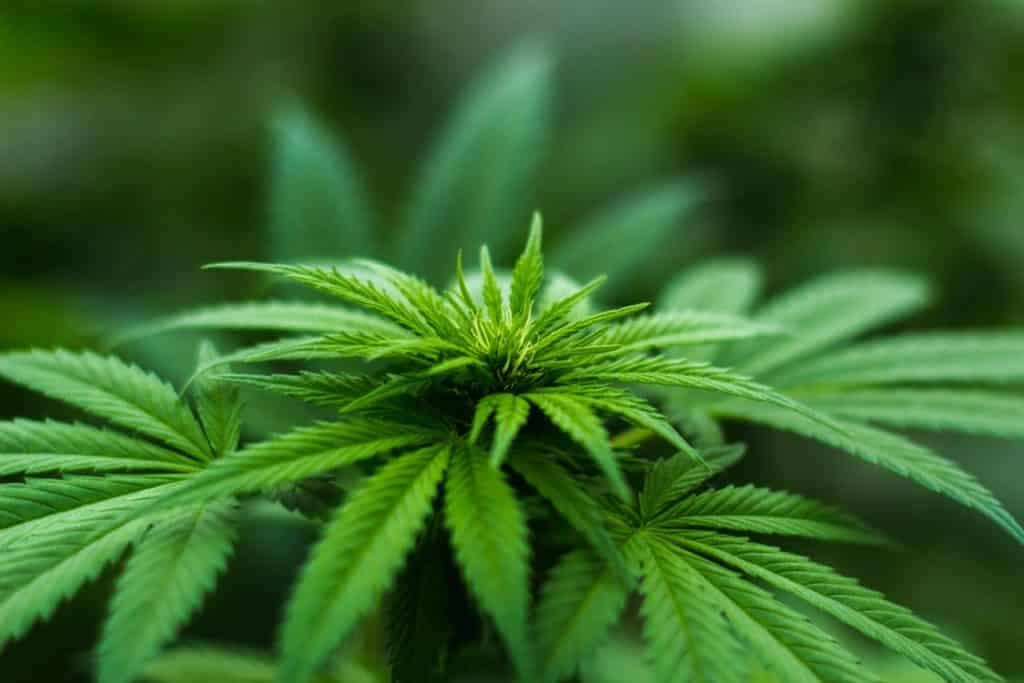How Can A Cannabis Track and Trace System Impact the Cannabis Industry?

What is a Cannabis Track and Trace System?
The relative novelty of the medical and recreational cannabis sectors has enabled regulators and companies within these spaces to harness new and effective product oversight and distribution strategies. States that have already legalized recreational sales have become great incubators for fresh thinking and concepts that could have applications not just around the country but beyond the cannabis industry altogether as well. One such development is the cannabis track-and-trace system used to follow plants from growth to distribution and sale. The ramifications of the system are vast, as better visibility into the supply chain could help in areas ranging from anti-contamination efforts to prevention of out-of-state sales.
What Does A Cannabis Track and Trace System Entail?
So far, cannabis track and trace systems have become a presence in multiple states. The California Bureau of Cannabis Control noted that it uses the same software as the authorities in Colorado, Oregon, Alaska and Nevada to track cannabis from its cultivation to its retail sale. The system is based on unique identifiers, printed on tags or product labels. These numbers become part of a database and enable tracking. The unique numbers are assigned to vendors through radio-frequency identification tags. The information they store and represent is treated as confidential and kept within an enclosed group of employees of the state and relevant cities. Law enforcement officers may demand data on cannabis batches in the course of their investigations as they try to keep the supply chain closed and prevent legally grown plants from escaping official channels. Inspectors from the state will compare their notes with self-reported information about the movement of cannabis, giving regulators a more precise view of plant movements than ever before.
How is the Industry Adapting?
During the early days of adult-use legalization in California, the San Jose Mercury News checked in on growers’ and vendors’ efforts to get their operations in line with track-and-trace requirements. Growing organizations expressed concerns about paying the licensing fees needed to get in compliance, as well as the trained work needed to properly input data into the system. Every step of growing and harvesting is tracked, meaning the authorities have data on exactly how much cannabis an organization has produced. The Mercury News noted that the early days of track and trace use will see a learning curve as growers adapt their art to make room for precise, scientific tracking. Companies will have to embrace track-and-trace labeling that ensures plants are accounted for up to their final sale. Getting high-quality compliant labels may involve dealing with an experienced partner organization such as Lightning Labels.
